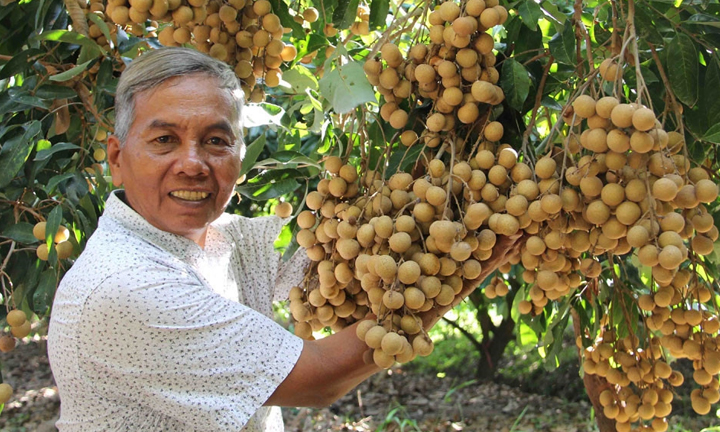SOURCE: Nhan Dan
The first 16 tonnes of longan grown in Hai Duong province have been exported to Singapore by sea by Red Dragon Service Trading Manufacture Company Limited. The company is expected to buy more Hai Duong longan to export to other markets mainly Singapore, Australia and Europe.
After the export of lychee to Japan, it is the turn of longan to enter the Singaporean market and to other new markets in the near future.
These are also two kinds of specialty fruits with high yield grown in a number of provinces in the Red River delta which have been heavily dependent on the purchasing power of the Chinese market.
The penetration of Hai Duong longan into new markets is a success story for the Hai Duong agricultural sector as well as the Vietnamese agricultural sector in general amid the complicated developments of the COVID-19 pandemic that has affected the consumption of longan in many farming areas and the import of longan from the Chinese market.
This is also an important basis to affirm the quality and brand of the Hai Duong longan in both the domestic and international market.
The export of longan also brings about a higher income for local farmers as export longan is purchased at prices about 30% higher than the price of longan sold at the domestic market.
Currently, the whole province of Hai Duong has about 50 ha of longan grown according to VietGAP standards which is eligible for export to demanding markets.
Once Vietnamese agricultural products are produced under technical processes such as VietGAP and GlobalGAP, they can overcome the technical barriers of many import markets and be valued at higher prices than being consumed on the domestic market or exported to the Chinese market.
Therefore, agricultural production under regulated standards must be the direction of all fruit growing areas in the country so that the export for consumption of fruit is no longer an issue.
Each locality needs to form large production areas, with the connection between farmers and exporters being on the basis of complying with a closed process from initial production to the end consumption of products.
This also requires farmers to change their mindset from traditional farming based on inherited experience to farming using specific standards and techniques and gradually becoming “professional farmers”.
Vietnamese authorities are conducting negotiations to pave the way for the Vietnamese longan to enter the Japanese market.
In addition, Vietnamese pomelo is also being negotiated for export to the Republic of Korea with the procedures expected to be completed in the first quarter of 2021.
Regarding the European market, the effectiveness of the EU-Vietnam Free Trade Agreement (EVFTA) is creating a significant advantage for Vietnamese agricultural exports.
These are favourable conditions for major fruit cultivation localities to quickly form and develop specialised farming areas with certifications of good agricultural practice to assist seizing export opportunities to fastidious markets while enhancing the added value of Vietnamese fruit.

